Salted peanuts are a popular snack enjoyed by many, but for those living with diabetes, there may be concerns about how they impact blood sugar levels. In this article, we will delve into the relationship between salted peanuts and diabetes, exploring whether they can be a part of a balanced diet for individuals managing the condition. Diabetes is a chronic disease that affects how your body processes glucose, a type of sugar that serves as the primary source of energy for your cells. There are two main types of diabetes – type 1 and type 2. In type 1 diabetes, the immune system mistakenly attacks and destroys the insulin-producing cells in the pancreas, leading to a lack of insulin in the body. Insulin is a hormone that helps glucose enter your cells to be used as energy. Type 2 diabetes, on the other hand, is characterized by insulin resistance, where the body’s cells do not respond effectively to insulin, leading to higher levels of glucose in the bloodstream. The key to managing diabetes lies in maintaining stable blood sugar levels through a combination of diet, exercise, and medication.
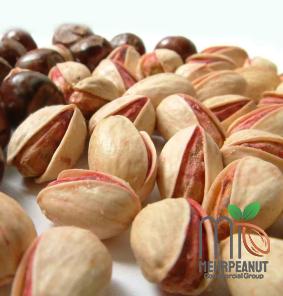
.
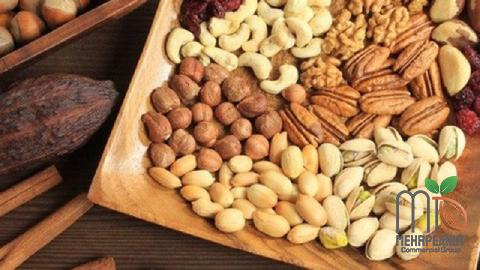 By being mindful of portion sizes, monitoring blood sugar levels, and choosing unsalted varieties, individuals with diabetes can enjoy salted peanuts as part of a well-rounded diet that supports their overall health and well-being. When incorporating salted peanuts into a diabetes-friendly diet, it’s important to consider them as part of a larger meal or snack that includes a balance of nutrients. Pairing salted peanuts with other foods that contain protein, fiber, and healthy fats can help mitigate their impact on blood sugar levels and provide a more satisfying and sustainable eating experience. For example, you could enjoy a small handful of salted peanuts alongside some fresh vegetables or a piece of fruit for a snack that combines carbohydrates, protein, and fiber. This balanced approach can help prevent rapid spikes in blood sugar and provide a steady release of energy throughout the day. Including salted peanuts in meals such as salads, stir-fries, or grain bowls can also add texture and flavor while contributing to a more satiating and nutrient-dense eating experience. In addition to being mindful of portion sizes and nutrient balance, individuals with diabetes should also consider the overall quality of the salted peanuts they choose to consume. Opting for organic, non-GMO, or locally sourced varieties can help ensure that you’re getting the highest quality ingredients without unnecessary additives or preservatives. Reading labels carefully and choosing brands that prioritize transparency and sustainability can help you make more informed decisions about the salted peanuts you include in your diet. It’s also important to note that while salted peanuts can be a nutritious and satisfying snack for individuals with diabetes, they should not be relied upon as the sole source of nutrients in your diet. Variety is key to a healthy eating plan, and incorporating a wide range of foods such as fruits, vegetables, whole grains, lean protein, and healthy fats can help ensure that you’re getting all the essential nutrients your body needs to thrive. In conclusion, salted peanuts can be a delicious and convenient snack option for individuals with diabetes when enjoyed in moderation and as part of a balanced diet. By being mindful of portion sizes, monitoring blood sugar levels, choosing unsalted varieties when possible, and pairing them with other nutrient-dense foods, you can incorporate salted peanuts into your diabetes management plan in a healthy and sustainable way. Remember, it’s essential to work with your healthcare team, including a registered dietitian or nutritionist, to develop a personalized eating plan that meets your individual needs and supports your diabetes management goals. With the right guidance and a thoughtful approach to nutrition, you can enjoy salted peanuts as part of a well-rounded diet that promotes overall health and well-being while managing your diabetes effectively.
By being mindful of portion sizes, monitoring blood sugar levels, and choosing unsalted varieties, individuals with diabetes can enjoy salted peanuts as part of a well-rounded diet that supports their overall health and well-being. When incorporating salted peanuts into a diabetes-friendly diet, it’s important to consider them as part of a larger meal or snack that includes a balance of nutrients. Pairing salted peanuts with other foods that contain protein, fiber, and healthy fats can help mitigate their impact on blood sugar levels and provide a more satisfying and sustainable eating experience. For example, you could enjoy a small handful of salted peanuts alongside some fresh vegetables or a piece of fruit for a snack that combines carbohydrates, protein, and fiber. This balanced approach can help prevent rapid spikes in blood sugar and provide a steady release of energy throughout the day. Including salted peanuts in meals such as salads, stir-fries, or grain bowls can also add texture and flavor while contributing to a more satiating and nutrient-dense eating experience. In addition to being mindful of portion sizes and nutrient balance, individuals with diabetes should also consider the overall quality of the salted peanuts they choose to consume. Opting for organic, non-GMO, or locally sourced varieties can help ensure that you’re getting the highest quality ingredients without unnecessary additives or preservatives. Reading labels carefully and choosing brands that prioritize transparency and sustainability can help you make more informed decisions about the salted peanuts you include in your diet. It’s also important to note that while salted peanuts can be a nutritious and satisfying snack for individuals with diabetes, they should not be relied upon as the sole source of nutrients in your diet. Variety is key to a healthy eating plan, and incorporating a wide range of foods such as fruits, vegetables, whole grains, lean protein, and healthy fats can help ensure that you’re getting all the essential nutrients your body needs to thrive. In conclusion, salted peanuts can be a delicious and convenient snack option for individuals with diabetes when enjoyed in moderation and as part of a balanced diet. By being mindful of portion sizes, monitoring blood sugar levels, choosing unsalted varieties when possible, and pairing them with other nutrient-dense foods, you can incorporate salted peanuts into your diabetes management plan in a healthy and sustainable way. Remember, it’s essential to work with your healthcare team, including a registered dietitian or nutritionist, to develop a personalized eating plan that meets your individual needs and supports your diabetes management goals. With the right guidance and a thoughtful approach to nutrition, you can enjoy salted peanuts as part of a well-rounded diet that promotes overall health and well-being while managing your diabetes effectively.
..
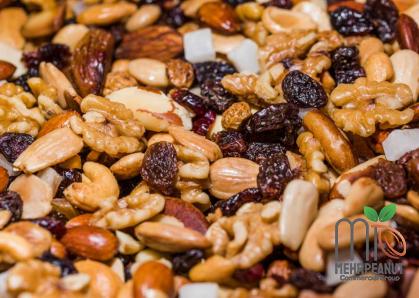 Pairing salted peanuts with other foods that contain protein, fiber, and healthy fats can help mitigate their impact on blood sugar levels and provide a more satisfying and sustainable eating experience. For example, you could enjoy a small handful of salted peanuts alongside some fresh vegetables or a piece of fruit for a snack that combines carbohydrates, protein, and fiber. This balanced approach can help prevent rapid spikes in blood sugar and provide a steady release of energy throughout the day. Including salted peanuts in meals such as salads, stir-fries, or grain bowls can also add texture and flavor while contributing to a more satiating and nutrient-dense eating experience. In addition to being mindful of portion sizes and nutrient balance, individuals with diabetes should also consider the overall quality of the salted peanuts they choose to consume. Opting for organic, non-GMO, or locally sourced varieties can help ensure that you’re getting the highest quality ingredients without unnecessary additives or preservatives. Reading labels carefully and choosing brands that prioritize transparency and sustainability can help you make more informed decisions about the salted peanuts you include in your diet. It’s also important to note that while salted peanuts can be a nutritious and satisfying snack for individuals with diabetes, they should not be relied upon as the sole source of nutrients in your diet. Variety is key to a healthy eating plan, and incorporating a wide range of foods such as fruits, vegetables, whole grains, lean protein, and healthy fats can help ensure that you’re getting all the essential nutrients your body needs to thrive. In conclusion, salted peanuts can be a delicious and convenient snack option for individuals with diabetes when enjoyed in moderation and as part of a balanced diet. By being mindful of portion sizes, monitoring blood sugar levels, choosing unsalted varieties when possible, and pairing them with other nutrient-dense foods, you can incorporate salted peanuts into your diabetes management plan in a healthy and sustainable way. Remember, it’s essential to work with your healthcare team, including a registered dietitian or nutritionist, to develop a personalized eating plan that meets your individual needs and supports your diabetes management goals. With the right guidance and a thoughtful approach to nutrition, you can enjoy salted peanuts as part of a well-rounded diet that promotes overall health and well-being while managing your diabetes effectively.
Pairing salted peanuts with other foods that contain protein, fiber, and healthy fats can help mitigate their impact on blood sugar levels and provide a more satisfying and sustainable eating experience. For example, you could enjoy a small handful of salted peanuts alongside some fresh vegetables or a piece of fruit for a snack that combines carbohydrates, protein, and fiber. This balanced approach can help prevent rapid spikes in blood sugar and provide a steady release of energy throughout the day. Including salted peanuts in meals such as salads, stir-fries, or grain bowls can also add texture and flavor while contributing to a more satiating and nutrient-dense eating experience. In addition to being mindful of portion sizes and nutrient balance, individuals with diabetes should also consider the overall quality of the salted peanuts they choose to consume. Opting for organic, non-GMO, or locally sourced varieties can help ensure that you’re getting the highest quality ingredients without unnecessary additives or preservatives. Reading labels carefully and choosing brands that prioritize transparency and sustainability can help you make more informed decisions about the salted peanuts you include in your diet. It’s also important to note that while salted peanuts can be a nutritious and satisfying snack for individuals with diabetes, they should not be relied upon as the sole source of nutrients in your diet. Variety is key to a healthy eating plan, and incorporating a wide range of foods such as fruits, vegetables, whole grains, lean protein, and healthy fats can help ensure that you’re getting all the essential nutrients your body needs to thrive. In conclusion, salted peanuts can be a delicious and convenient snack option for individuals with diabetes when enjoyed in moderation and as part of a balanced diet. By being mindful of portion sizes, monitoring blood sugar levels, choosing unsalted varieties when possible, and pairing them with other nutrient-dense foods, you can incorporate salted peanuts into your diabetes management plan in a healthy and sustainable way. Remember, it’s essential to work with your healthcare team, including a registered dietitian or nutritionist, to develop a personalized eating plan that meets your individual needs and supports your diabetes management goals. With the right guidance and a thoughtful approach to nutrition, you can enjoy salted peanuts as part of a well-rounded diet that promotes overall health and well-being while managing your diabetes effectively.
…
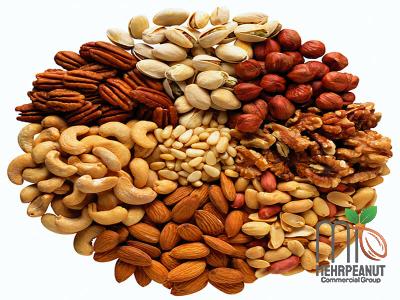 When it comes to food choices, individuals with diabetes are often advised to focus on a balanced diet that includes a variety of nutrients while keeping track of their carbohydrate intake. Carbohydrates have the most significant impact on blood sugar levels, as they are broken down into glucose during digestion. This is where concerns about salted peanuts come into play, as they contain carbohydrates that can potentially affect blood sugar levels. Salted peanuts are a tasty and convenient snack that is rich in nutrients such as protein, fiber, and healthy fats. However, they also contain carbohydrates, albeit in smaller amounts compared to other snacks like chips or crackers. A 1-ounce serving of salted peanuts typically contains around 5-6 grams of carbohydrates, with the exact amount varying based on the brand and preparation method. While this may seem like a relatively low amount, individuals with diabetes should be mindful of their portion sizes and monitor how salted peanuts affect their blood sugar levels. One of the primary concerns with salted peanuts and diabetes is their impact on blood sugar levels due to their carbohydrate content. While protein and healthy fats can help slow down the absorption of carbohydrates and prevent rapid spikes in blood sugar, it’s essential for individuals with diabetes to be aware of how salted peanuts fit into their overall carbohydrate intake for the day. Monitoring blood sugar levels before and after consuming salted peanuts can help individuals understand how their body responds to this snack and make informed decisions about including it in their diet. In addition to their carbohydrate content, the salted nature of peanuts may also be a concern for individuals with diabetes. Salted peanuts are typically seasoned with salt, which can contribute to higher sodium intake. While sodium is an essential mineral that plays a role in various bodily functions, excessive sodium intake has been linked to high blood pressure and other health issues, particularly in individuals with diabetes who may already be at higher risk for cardiovascular complications. Therefore, it’s important for individuals with diabetes to be mindful of their sodium intake and opt for unsalted or lightly salted peanuts when possible. Despite these considerations, salted peanuts can still be enjoyed in moderation as part of a balanced diet for individuals with diabetes. Their nutrient profile, including protein, fiber, and healthy fats, make them a filling and satisfying snack that can help satisfy hunger and prevent overeating. When incorporating salted peanuts into your diet, it’s essential to pay attention to portion sizes and choose unsalted or lightly salted varieties to help manage your sodium intake. In conclusion, salted peanuts can be a part of a balanced diet for individuals with diabetes when consumed in moderation and as part of an overall healthy eating plan. While they do contain carbohydrates and salt that need to be considered, their nutrient content and satiating properties make them a convenient and satisfying snack option.
When it comes to food choices, individuals with diabetes are often advised to focus on a balanced diet that includes a variety of nutrients while keeping track of their carbohydrate intake. Carbohydrates have the most significant impact on blood sugar levels, as they are broken down into glucose during digestion. This is where concerns about salted peanuts come into play, as they contain carbohydrates that can potentially affect blood sugar levels. Salted peanuts are a tasty and convenient snack that is rich in nutrients such as protein, fiber, and healthy fats. However, they also contain carbohydrates, albeit in smaller amounts compared to other snacks like chips or crackers. A 1-ounce serving of salted peanuts typically contains around 5-6 grams of carbohydrates, with the exact amount varying based on the brand and preparation method. While this may seem like a relatively low amount, individuals with diabetes should be mindful of their portion sizes and monitor how salted peanuts affect their blood sugar levels. One of the primary concerns with salted peanuts and diabetes is their impact on blood sugar levels due to their carbohydrate content. While protein and healthy fats can help slow down the absorption of carbohydrates and prevent rapid spikes in blood sugar, it’s essential for individuals with diabetes to be aware of how salted peanuts fit into their overall carbohydrate intake for the day. Monitoring blood sugar levels before and after consuming salted peanuts can help individuals understand how their body responds to this snack and make informed decisions about including it in their diet. In addition to their carbohydrate content, the salted nature of peanuts may also be a concern for individuals with diabetes. Salted peanuts are typically seasoned with salt, which can contribute to higher sodium intake. While sodium is an essential mineral that plays a role in various bodily functions, excessive sodium intake has been linked to high blood pressure and other health issues, particularly in individuals with diabetes who may already be at higher risk for cardiovascular complications. Therefore, it’s important for individuals with diabetes to be mindful of their sodium intake and opt for unsalted or lightly salted peanuts when possible. Despite these considerations, salted peanuts can still be enjoyed in moderation as part of a balanced diet for individuals with diabetes. Their nutrient profile, including protein, fiber, and healthy fats, make them a filling and satisfying snack that can help satisfy hunger and prevent overeating. When incorporating salted peanuts into your diet, it’s essential to pay attention to portion sizes and choose unsalted or lightly salted varieties to help manage your sodium intake. In conclusion, salted peanuts can be a part of a balanced diet for individuals with diabetes when consumed in moderation and as part of an overall healthy eating plan. While they do contain carbohydrates and salt that need to be considered, their nutrient content and satiating properties make them a convenient and satisfying snack option.

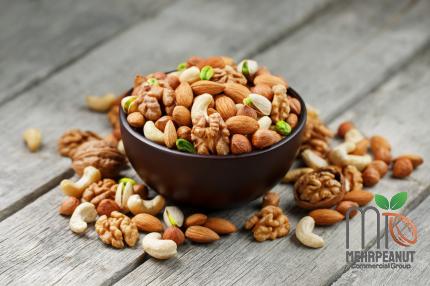
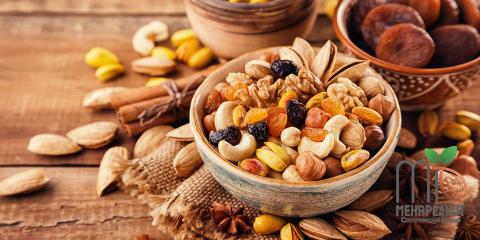
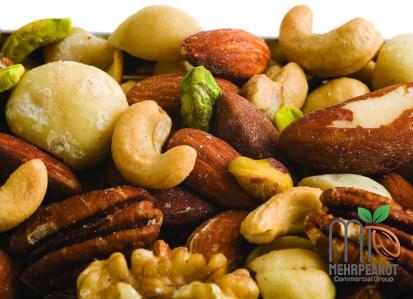
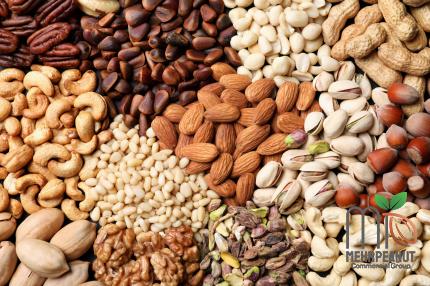
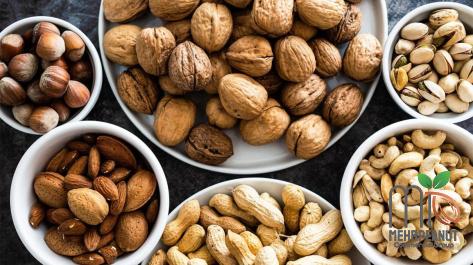
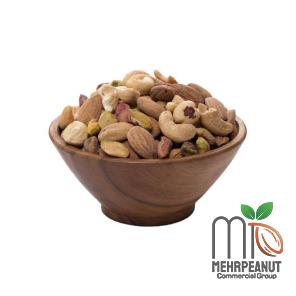
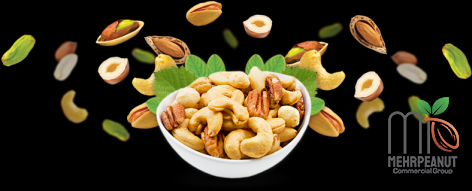
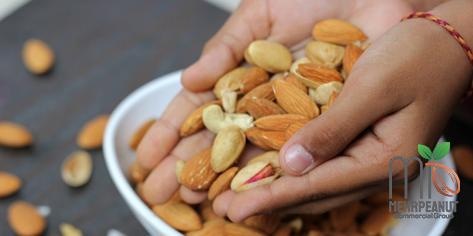
Your comment submitted.